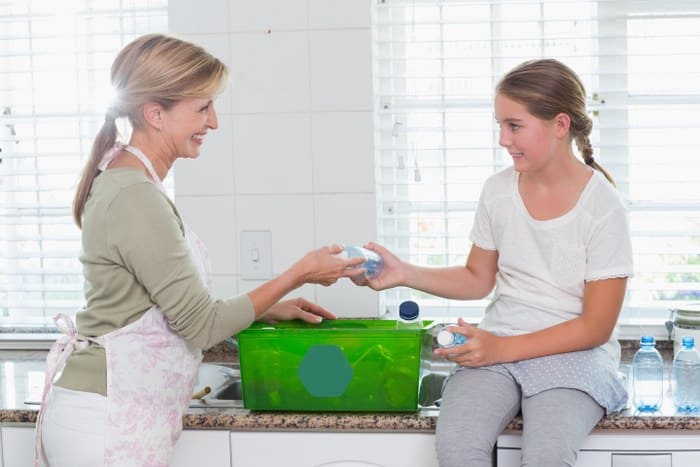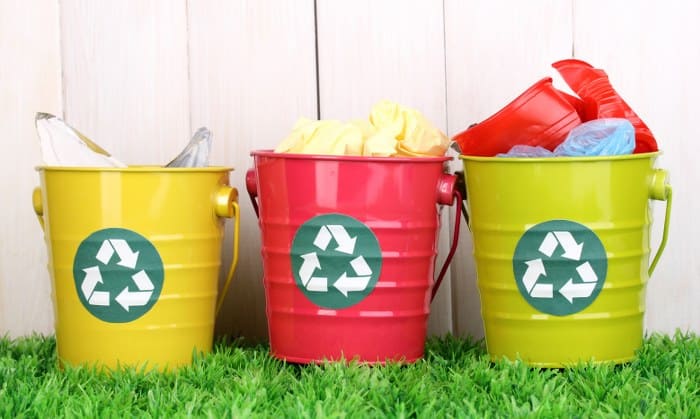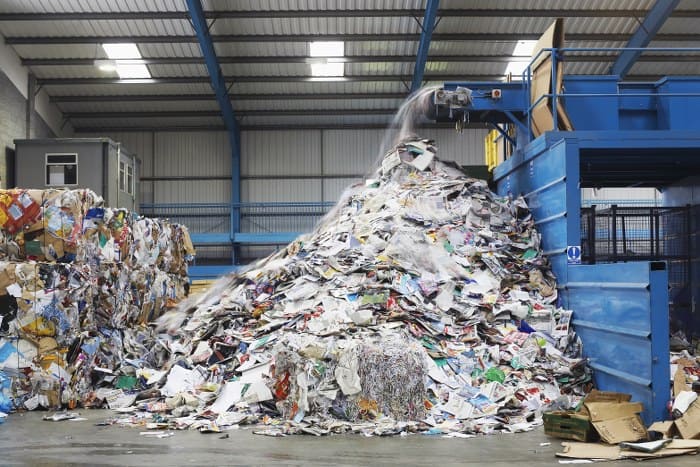Posted on 23/06/2020

Best Ways to Teach Kids to Recycle
Recycling denotes the process of treating waste materials to reuse them. However, reprocessing is not always a walk in the park; it often appears impossible especially in a home. With the right mindset, nonetheless, recycling can be simple and satisfying, and it doesn’t’ need to take too much of your time and space. All the members of the family need to chip in the daily waste disposal and recycling efforts around the homestead and children are not exempted. Here are some pointers that will come in handy when encouraging children to recycle.
Invest in Kids Books about Recycling
Children will at some point start raising questions regarding the recycling process and its value, at which point you should allow a book to do all the explaining. Luckily, there are loads of children reading materials in the market today, which are designed to teach kids about the different waste removal methods as well as recycling. You could read one of these together with your children and have them suggest ways in which they can contribute to the waste clearance and recycling efforts around the home. Great books to start with include ‘The Lorax’ written by Dr. Seuss and ‘I Can Save the Earth!: One Little Monster Learns to Reduce, Reuse, and Recycle’ written by Viviana Garofoli and Alison Inches.
Buy Some Recycle Bins
The easiest way to launch the recycling efforts includes placing recycle bins designated for different types of waste around the house. Ensure to keep the bins at conspicuous and easily accessible waste collection areas. Ideally, each bin should look like the waste products it contains thus it won’t be too complicated for the children to separate different types of waste. You could also print out labels with images of the items held by each bin to make the rubbish removal process even more interesting.
Practice Reusing
Reusing items around the home is another exciting way in which you can teach your children about rubbish clearance and how to recycle. You could start with items they use daily such as writing paper. For example, you could emphasize the importance of writing on both sides of a paper before using the other. When purchasing school supplies, ensure to buy quality paper that doesn’t bleed or tear easily so that it’s writable on both sides. Also, make your children realize that reusing items around the house can be fun and interesting. Cereal boxes, for instance, make excellent puzzle games.
Create an Outdoor Compost Area
When your kids are done eating a banana or any other fruit, have them throw the peels in a designated organic waste collection area outside. Later, suggest that they use organic waste as manure around the kitchen garden. This will also serve the all-important purpose of providing your plants with vital nutrients.
Engage in Communal Recycling Activities
Parents can organize a nature walk around the neighbourhood or a local park and guide their children in identifying items that can be recycled. This can be arranged on special environment days such as Earth Day. Later on, you may encourage your kids to create toys from some old, reusable materials.
Tour a Recycling Plant
To keep your children motivated, you can arrange a tour to a local recycling plant. This will allow them to experience first-hand what actually happens to the items they recycle. Your kids will get to see how different waste materials such as glass, aluminium, and plastic are renewed and into useful items.
From the precedent, it’s apparent that children learn better through observation. They, therefore, need to see the adults around the home and the community playing their role regarding proper rubbish disposal and recycling. Simple rewards given at certain intervals for proper junk disposal around the home may also come in handy when looking to maintain this important habit.


Latest Posts
Tips for Proper Disposal of Regular Waste
Garbage Cleanup Bags - Efficient Skip Substitute

































 Get a Quote
Get a Quote